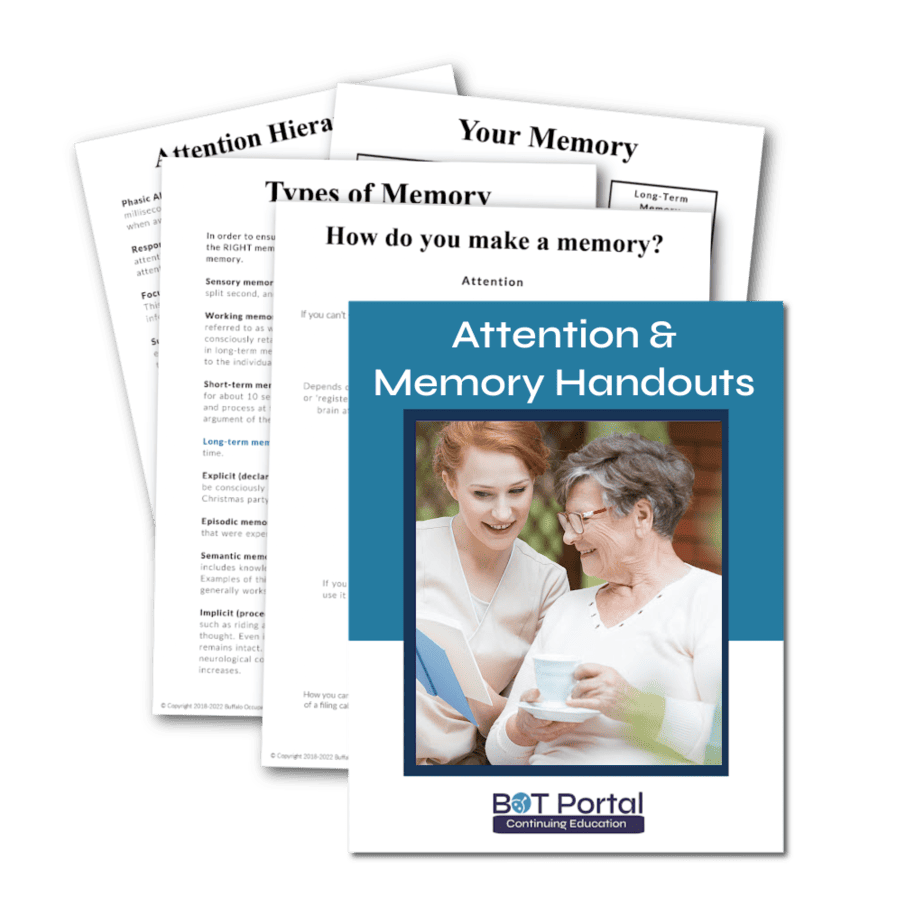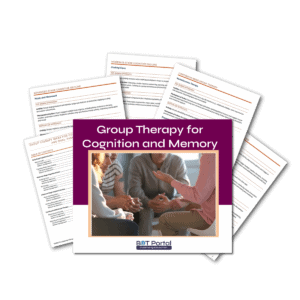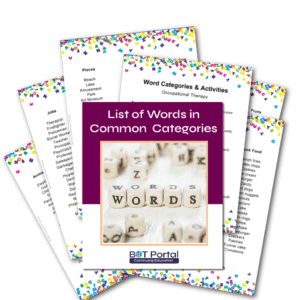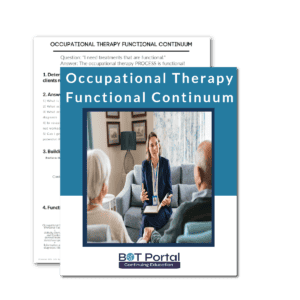Description
Attention and Memory Education Resource
This information on attention and memory is suitable for a patient or practitioner to help build a plan of care continuum that will actually IMPROVE their patient’s cognition! No longer with OT do a cognitive screen and put it to the side! Now we will use our findings and help to HEAL cognition, attention, and other executive function!
Long Description:
Building a comprehensive plan of care that actively improves a patient’s cognition related to attention and memory is a transformative approach in occupational therapy. Gone are the days of simply screening cognition and moving on; now, practitioners have the opportunity to use their findings to foster cognitive healing, attention enhancement, and improved executive function.
This packet of patient and practitioner education provides a valuable resource for therapists looking to deepen their understanding of cognitive rehabilitation and develop effective intervention strategies for attention and memory.
Here’s what’s included:
1. How Memory is Formed PDF: Understanding the process of memory formation is essential for developing targeted interventions that support cognitive improvement. From attention to memory, this PDF delves into the mechanisms underlying memory formation, providing insights that inform therapeutic approaches aimed at enhancing memory function.
2. Hierarchy of Attention PDF: Attention is a multifaceted cognitive function, and determining which aspects of attention require targeting is crucial for effective intervention. This PDF outlines the hierarchy of attention, helping practitioners identify the specific types of attention that need to be addressed during therapy sessions. By focusing on the right areas, therapists can optimize treatment outcomes and support cognitive growth.
3. Types of Memory PDF: Memory plays a central role in daily functioning, and understanding the different types of memory is key to developing tailored interventions. This PDF provides an overview of various types of memory, including short-term memory, long-term memory, and procedural memory. Armed with this knowledge, therapists can design interventions that capitalize on strengths and address deficits in specific memory domains.
4. Types of Memory Handout PDF: This handout offers a practical reference guide to the types of memory covered in the accompanying PDF. It serves as a quick reference tool for therapists during treatment sessions, enabling them to reinforce concepts and educate patients about the different facets of memory.
By leveraging these resources, occupational therapy practitioners can take a proactive approach to cognitive rehabilitation, moving beyond mere assessment to actively promote cognitive healing and enhancement. By integrating findings from cognitive screens into the development of targeted interventions, therapists can empower patients to achieve meaningful improvements in cognition, attention, and executive function.
Included in this resource is 4 pages:
- How memory is formed PDF from attention to memory
- Hierarchy of attention PDF to determine what type of attention you need to work on during your sessions
- Types of Memory PDF
- Types of Memory Handout PDF
Other helpful links:
.




